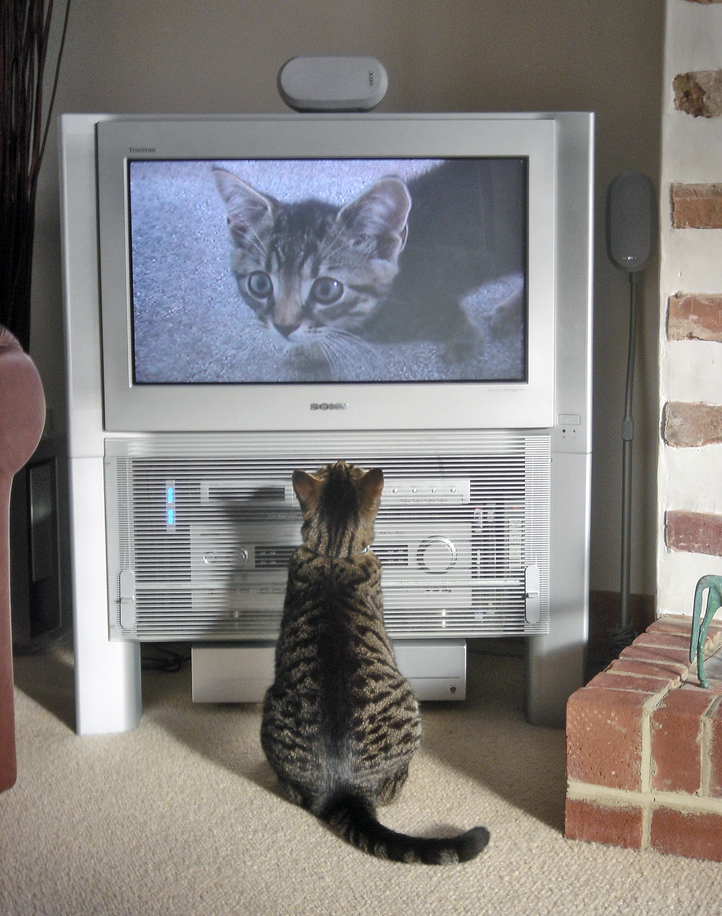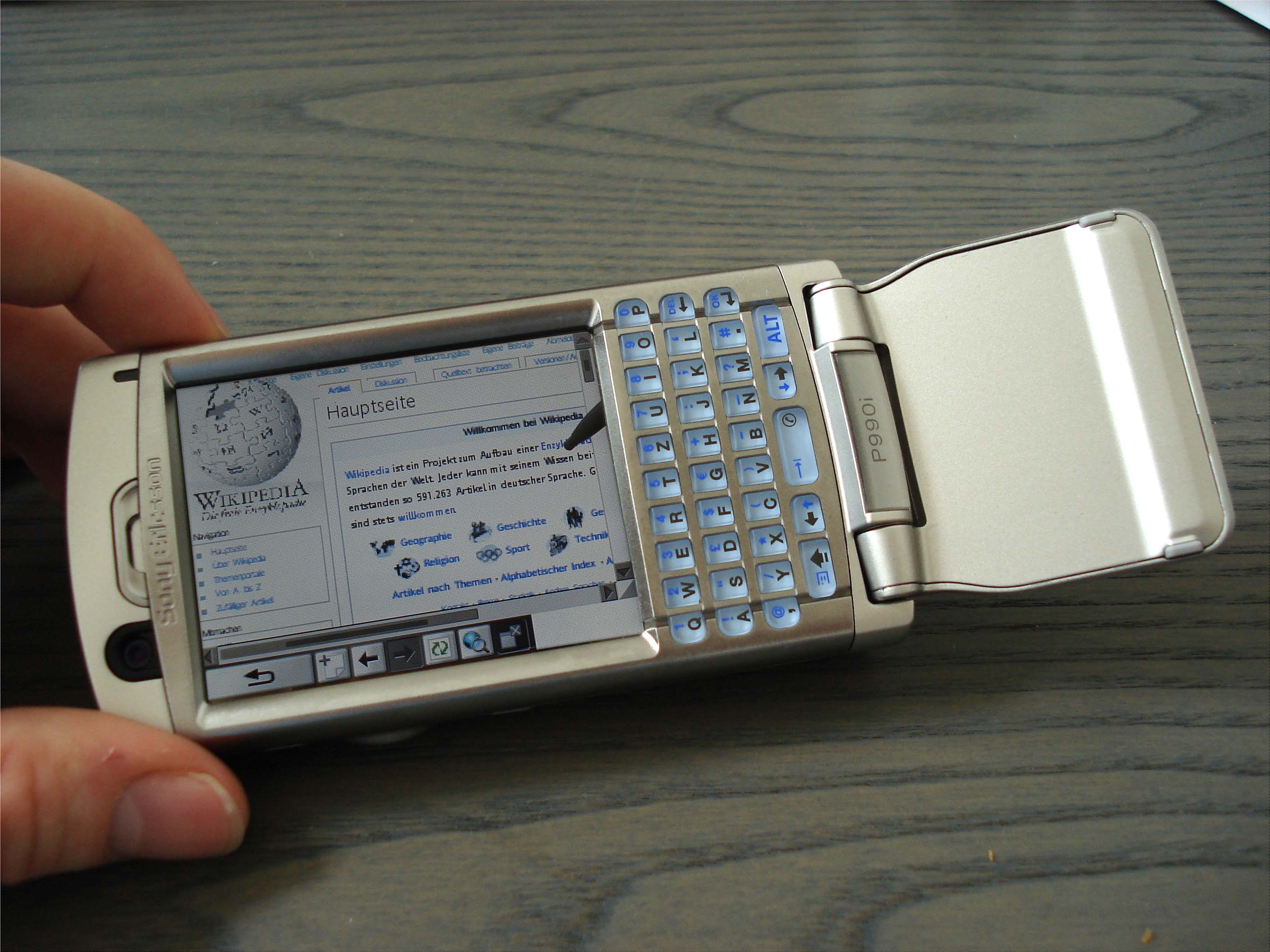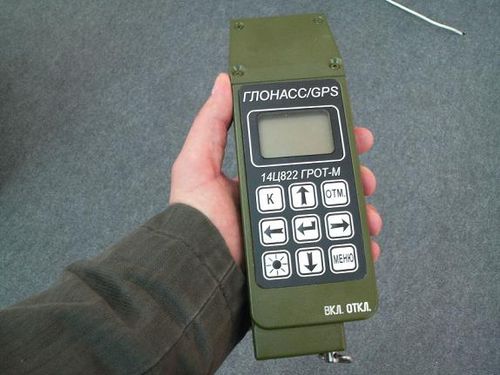|
Sony Xperia S
The Sony Xperia S is an Android smartphone from Sony launched at the 2012 Consumer Electronics Show. It was first released in February 2012 as the Sony Ericsson Xperia NX in Japan, while the Sony Xperia S was released in March 2012 as a restyled version of the Sony Ericsson Xperia NX in more than 160 countries. It is the first Sony-only branded smartphone since Sony acquired Ericsson's stake in Sony Ericsson in January 2012. The Xperia S has a touch-screen with the mobile BRAVIA engine which optimizes the picture, a 1.5 GHz dual core processor, a 12.0-megapixel rear camera, HDMI-out, 1 GB of RAM, and 32 GB of internal storage. Availability The handset has been available in Barcelona since 29 February 2012 after the Mobile World Congress, and in United Kingdom since March 2012 at a MSRP of 399 GBP or 449 EUR in France, in Singapore at $700, and in Malaysia at RM1899. Hardware ;Display The Xperia S capacitive touchscreen display features a 720p zero- ... [...More Info...] [...Related Items...] OR: [Wikipedia] [Google] [Baidu] |
Display Resolution
The display resolution or display modes of a digital television, computer monitor, or other display device is the number of distinct pixels in each dimension that can be displayed. It can be an ambiguous term especially as the displayed resolution is controlled by different factors in cathode-ray tube (CRT) displays, flat-panel displays (including liquid-crystal displays) and projection displays using fixed picture-element (pixel) arrays. It is usually quoted as ', with the units in pixels: for example, ' means the width is 1024 pixels and the height is 768 pixels. This example would normally be spoken as "ten twenty-four by seven sixty-eight" or "ten twenty-four by seven six eight". One use of the term ''display resolution'' applies to fixed-pixel-array displays such as plasma display panels (PDP), liquid-crystal displays (LCD), Digital Light Processing (DLP) projectors, AMOLED, OLED displays, and similar technologies, and is simply the physical number of columns and rows of pi ... [...More Info...] [...Related Items...] OR: [Wikipedia] [Google] [Baidu] |
Consumer Electronics Show
CES (; formerly an initialism for Consumer Electronics Show) is an annual trade show organized by the Consumer Technology Association (CTA). Held in January at the Las Vegas Convention Center in Winchester, Nevada, United States, the event typically hosts presentations of new products and technologies in the consumer electronics industry. History The first CES was held in June 1967 in New York City. It was a spin-off of the Chicago Music Show which, until then, had served as the main event for exhibiting consumer electronics. The event had 17,500 attendees and over 100 exhibitors; the kickoff speaker was Motorola chairman Bob Galvin. From 1978 to 1994, CES was held twice each year: once in January in Las Vegas as the ''Winter Consumer Electronics Show'' (WCES) and once in June in Chicago as the ''Summer Consumer Electronics Show'' (SCES). The winter show was held in Las Vegas in 1995 as planned. However, since the summer Chicago shows were beginning to lose popularity, the ... [...More Info...] [...Related Items...] OR: [Wikipedia] [Google] [Baidu] |
Sony Mobile
Sony Mobile Communications Inc., originally Sony Ericsson Mobile Communications AB, was a Multinational corporation, multinational consumer electronics and telecommunications company, best known for its Mobile phones, mobile phone products. The company, originally a joint venture between Sony and Ericsson, marketed products under the "Sony Ericsson" brand from 2001 until 2012, when Ericsson sold its share to Sony, with products hereafter being branded as "Sony". As part of a corporate restructuring, Sony Mobile was superseded by and integrated into Sony Corporation in 2021. The alliance between Swedish telecom giant Ericsson and Japanese electronics giant Sony was formed to benefit Ericsson Mobile Communications, Ericsson Mobile recover against competitors in the mobile phone market, while for Sony it gave the opportunity to grow in the field of Cellular network, cellular communication, where it had only a minor presence. Products and development was done with contributions from ... [...More Info...] [...Related Items...] OR: [Wikipedia] [Google] [Baidu] |
Smartphone
A smartphone is a mobile phone with advanced computing capabilities. It typically has a touchscreen interface, allowing users to access a wide range of applications and services, such as web browsing, email, and social media, as well as multimedia playback and Streaming media, streaming. Smartphones have built-in cameras, GPS navigation, and support for various communication methods, including voice calls, text messaging, and internet-based messaging apps. Smartphones are distinguished from older-design feature phones by their more advanced hardware capabilities and extensive mobile operating systems, access to the internet, business applications, Mobile payment, mobile payments, and multimedia functionality, including music, video, mobile gaming, gaming, Internet radio, radio, and Mobile television, television. Smartphones typically feature MOSFET, metal–oxide–semiconductor (MOS) integrated circuit (IC) chips, various sensors, and support for multiple wireless communicati ... [...More Info...] [...Related Items...] OR: [Wikipedia] [Google] [Baidu] |
USB On-The-Go
USB On-The-Go (USB OTG or just OTG) is a specification first used in late 2001 that allows USB devices, such as tablets or smartphones, to also act as a host, allowing other USB devices, such as USB flash drives, digital cameras, mice or keyboards, to be attached to them. Use of USB OTG allows devices to switch back and forth between the roles of host and device. For example, a smartphone may read from removable media as the host device, but present itself as a USB Mass Storage Device when connected to a host computer. USB OTG introduces the concept of a device performing both Host and Peripheral roles whenever two USB devices are connected and one of them is a USB OTG device, they establish a communication link. The device controlling the link is called the Host, while the other is called the Peripheral. USB OTG defines two roles for devices: OTG A-device and OTG B-device, specifying which side supplies power to the link, and which initially is the host. The OTG A-device is ... [...More Info...] [...Related Items...] OR: [Wikipedia] [Google] [Baidu] |
Near Field Communication
Near-field communication (NFC) is a set of communication protocols that enables communication between two electronic devices over a distance of or less. NFC offers a low-speed connection through a simple setup that can be used for the bootstrapping of capable wireless connections. Like other proximity card technologies, NFC is based on inductive coupling between two electromagnetic coils present on a NFC-enabled device such as a smartphone. NFC communicating in one or both directions uses a frequency of 13.56 MHz in the globally available unlicensed radio frequency ISM band, compliant with the ISO/IEC 18000-3 air interface standard at data rates ranging from 106 to 848 kbit/s. The NFC Forum has helped define and promote the technology, setting standards for certifying device compliance. Secure communications are available by applying encryption algorithms as is done for credit cards and if they fit the criteria for being considered a personal area network. NFC ... [...More Info...] [...Related Items...] OR: [Wikipedia] [Google] [Baidu] |
GLONASS
GLONASS (, ; ) is a Russian satellite navigation system operating as part of a radionavigation-satellite service. It provides an alternative to Global Positioning System (GPS) and is the second navigational system in operation with global coverage and of comparable precision. Satellite navigation devices supporting both GPS and GLONASS have more satellites available, meaning positions can be fixed more quickly and accurately, especially in built-up areas where buildings may obscure the view to some satellites. Owing to its higher orbital inclination, GLONASS supplementation of GPS systems also improves positioning in high latitudes (near the poles). Development of GLONASS began in the Soviet Union in 1976. Beginning on 12 October 1982, numerous rocket launches added satellites to the system until the completion of the Satellite constellation, constellation in 1995. In 2001, after a decline in capacity during the late 1990s, the restoration of the system was made a government p ... [...More Info...] [...Related Items...] OR: [Wikipedia] [Google] [Baidu] |
Assisted GPS
Assisted GNSS (A-GNSS) is a GNSS augmentation system that often significantly improves the startup performance—i.e., time to first fix, time-to-first-fix (TTFF)—of a global navigation satellite system (GNSS). A-GNSS works by providing the necessary data to the device via a radio network instead of the slow satellite link, essentially "warming up" the receiver for a fix. When applied to GPS, it is known as assisted GPS or augmented GPS (abbreviated generally as A-GPS and less commonly as aGPS). Other local names include A-GANSS for Galileo and A-Beidou for BeiDou. A-GPS is extensively used with GPS-capable cellular phones, as its development was accelerated by the U.S. Federal Communications Commission, FCC's Enhanced 911, 911 requirement to make cell phone location data available to emergency call dispatchers. Background Every GPS navigation device, GPS device requires orbital data about the GPS satellite, satellites to calculate its position. The data rate of the satellite s ... [...More Info...] [...Related Items...] OR: [Wikipedia] [Google] [Baidu] |
HDMI
High-Definition Multimedia Interface (HDMI) is a proprietary digital interface used to transmit high-quality video and audio signals between devices. It is commonly used to connect devices such as televisions, computer monitors, projectors, gaming consoles, and personal computers. HDMI supports uncompressed video and either compressed or uncompressed digital audio, allowing a single cable to carry both signals. Introduced in 2003, HDMI largely replaced older analog video standards such as composite video, S-Video, and VGA connector, VGA in consumer electronics. It was developed based on the CEA-861 standard, which was also used with the earlier Digital Visual Interface (DVI). HDMI is electrically compatible with DVI video signals, and adapters allow interoperability between the two without signal conversion or loss of quality. Adapters and active converters are also available for connecting HDMI to other video interfaces, including the older analog formats, as well as digital fo ... [...More Info...] [...Related Items...] OR: [Wikipedia] [Google] [Baidu] |
Universal Serial Bus
Universal Serial Bus (USB) is an industry standard, developed by USB Implementers Forum (USB-IF), for digital data transmission and power delivery between many types of electronics. It specifies the architecture, in particular the physical interfaces, and communication protocols to and from ''hosts'', such as personal computers, to and from peripheral ''devices'', e.g. displays, keyboards, and mass storage devices, and to and from intermediate ''hubs'', which multiply the number of a host's ports. Introduced in 1996, USB was originally designed to standardize the connection of peripherals to computers, replacing various interfaces such as serial ports, parallel ports, game ports, and Apple Desktop Bus (ADB) ports. Early versions of USB became commonplace on a wide range of devices, such as keyboards, mice, cameras, printers, scanners, flash drives, smartphones, game consoles, and power banks. USB has since evolved into a standard to replace virtually all common ports on ... [...More Info...] [...Related Items...] OR: [Wikipedia] [Google] [Baidu] |




